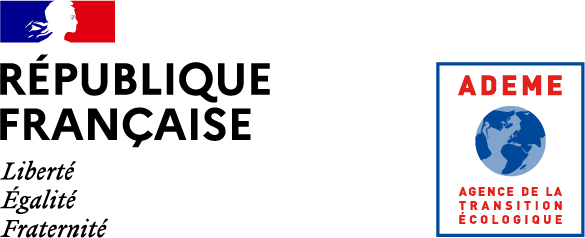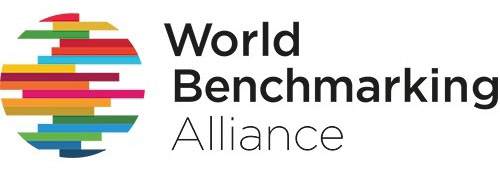Vous avez fait un bilan GES et vous souhaitez développer une stratégie climat ?
Vous avez une stratégie climat et vous souhaitez vérifier sa pertinence ?

Rejoignez les acteurs engagés dans une démarche de décarbonation !
"ACT fournit un cadre permettant de comprendre le type d'informations à rechercher afin de positionner le niveau d'avancement de nos clients".
Thuy-Tien Gluck, responsable développement durable, HSBC Europe continentale.
ACT est une initiative lancée en 2015 à la suite des accords de Paris conjointement avec l’ADEME, le CDP et WBA. Elle fournit des méthodologies sectorielles servant de cadre pour aider les entreprises à piloter des actions climatiques et aligner leurs stratégies sur des trajectoires bas carbone pertinentes et ambitieuses.



Votre adresse de messagerie sera uniquement utilisée pour vous envoyer notre newsletter. Vous pouvez à tout moment utiliser le lien de désabonnement intégré à l’infolettre
Consultez notre FAQ